On January 23, 1960, the Deep Sea Special – an experimental Rolex wristwatch designed for extremely high pressure – accompanied oceanographer Jacques Piccard and U.S. Navy Lieutenant Don Walsh as they set a diving record in the Mariana Trench. Attached to the outer shell of the deep-sea submersible Trieste, it descended to a depth of 10,916 meters. It wasn’t until March 26, 2012 that another explorer, director James Cameron, ventured into the Mariana Trench, diving all by himself to a depth of 10,908 meters. For this purpose, a new experimental Rolex wristwatch was developed, which was attached to the manipulator arm of the submersible: the Rolex Deepsea Challenge.
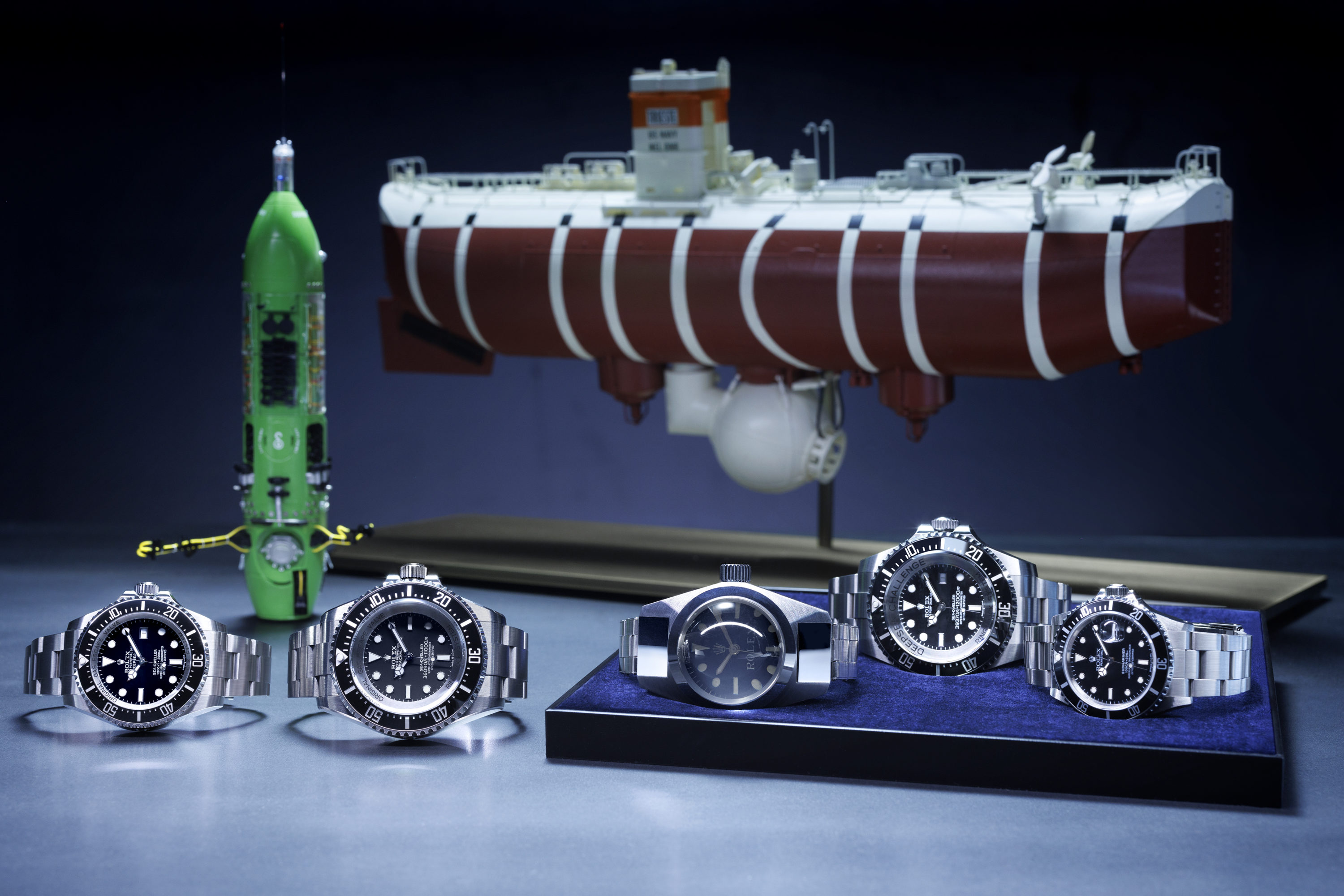
Back to the future and drumroll please: The new Oyster Perpetual Deepsea Challenge is the successor to the experimental wristwatch designed for James Cameron’s dive. This wristwatch, which can withstand extreme underwater pressures, as well as being resistant to the side effects caused by helium, sets new standards in terms of innovation.
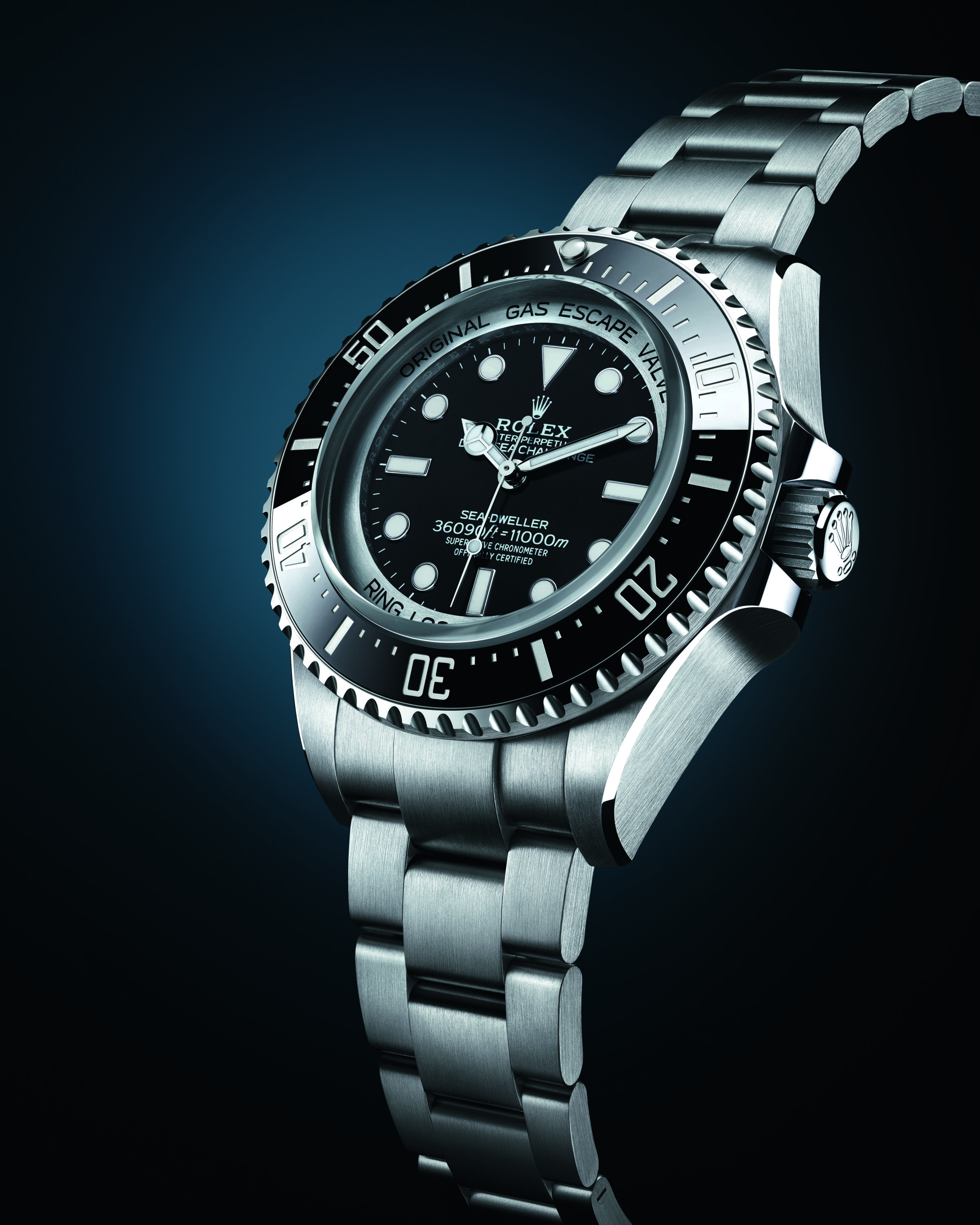
Waterproof to the extreme depth of 11,000 meters, the Deepsea Challenge pushes the boundaries of pressure resistance and is a masterpiece of modern engineering. Years of research were required to overcome the watchmaking and manufacturing challenges that its fabrication presented.
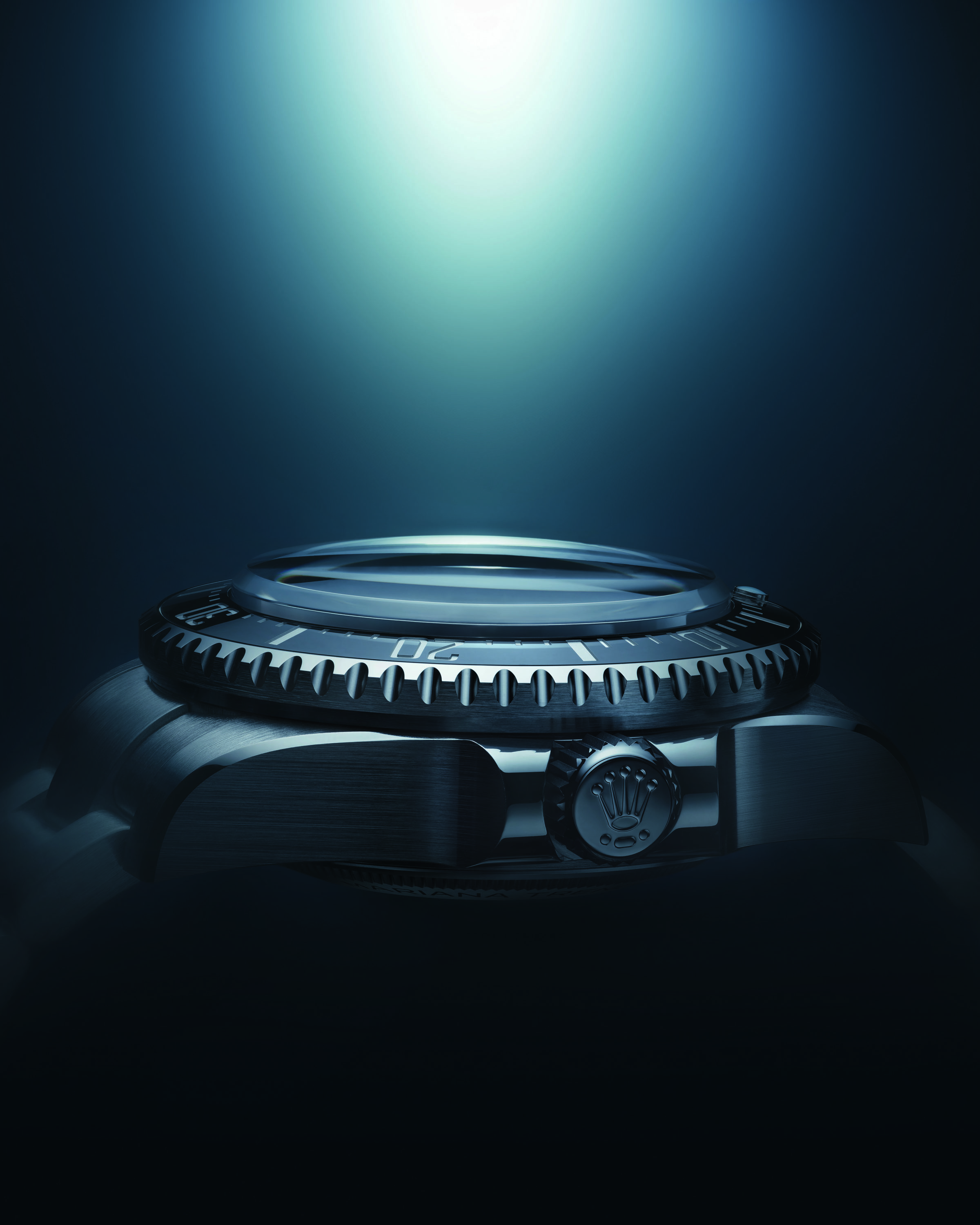
While the experimental watch of 2012 was attached to the manipulator arm of James Cameron’s submersible, the Deepsea Challenge is designed to be worn on the wrist. From the production of the case to that of the bracelet, every element of this 50-mm timepiece has been crafted with everyday use in mind, as Rolex states. That’s why the brand used a grade 5 titanium alloy, RLX titanium, a first for Rolex. Thanks to this robust and particularly lightweight metal, the new watch is 30% lighter than the experimental model of 2012. To create a timepiece of harmonious and ergonomic proportions, modifications had to be made to some of the components – the crystal, for instance, was slimmed down. The Deepsea Challenge is also distinctive among the Rolex Professional watches for the particularly visible grain in its satin finish and the polished edges of its lugs.
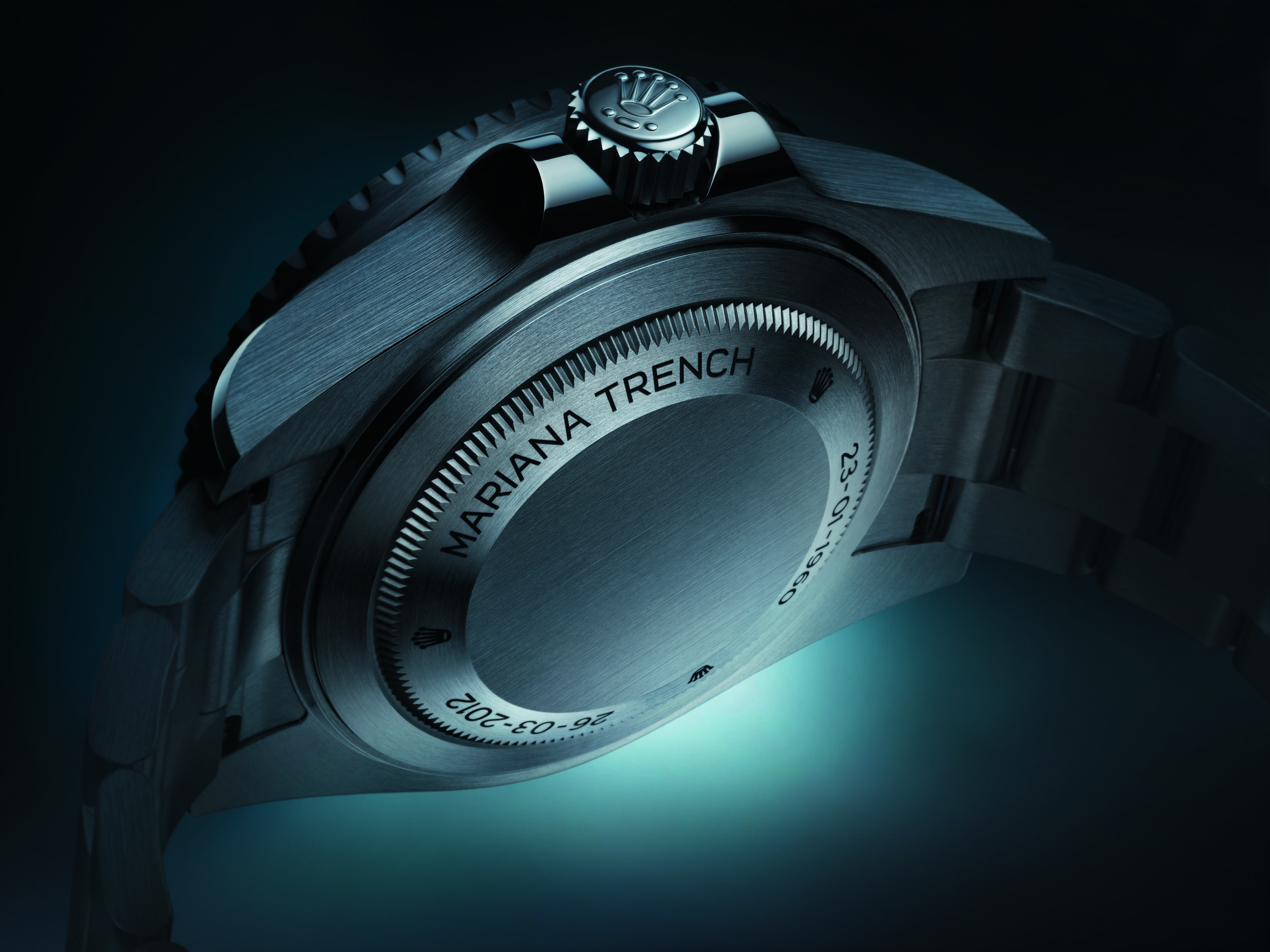
Other than that, the Deepsea Challenge incorporates the full spectrum of Rolex’s expertise in divers’ watches, including all the major innovations developed over many years: the Ringlock system, a patented case architecture that enables the watch to withstand extreme pressure; the helium escape valve, which allows surplus gas to escape from the watch during a diver’s decompression phase in a hyperbaric chamber, reducing the pressure inside the case which could otherwise damage the watch; the Triplock crown, with three sealed zones; and the Chromalight display, whose long-lasting luminescence provides exceptional legibility.
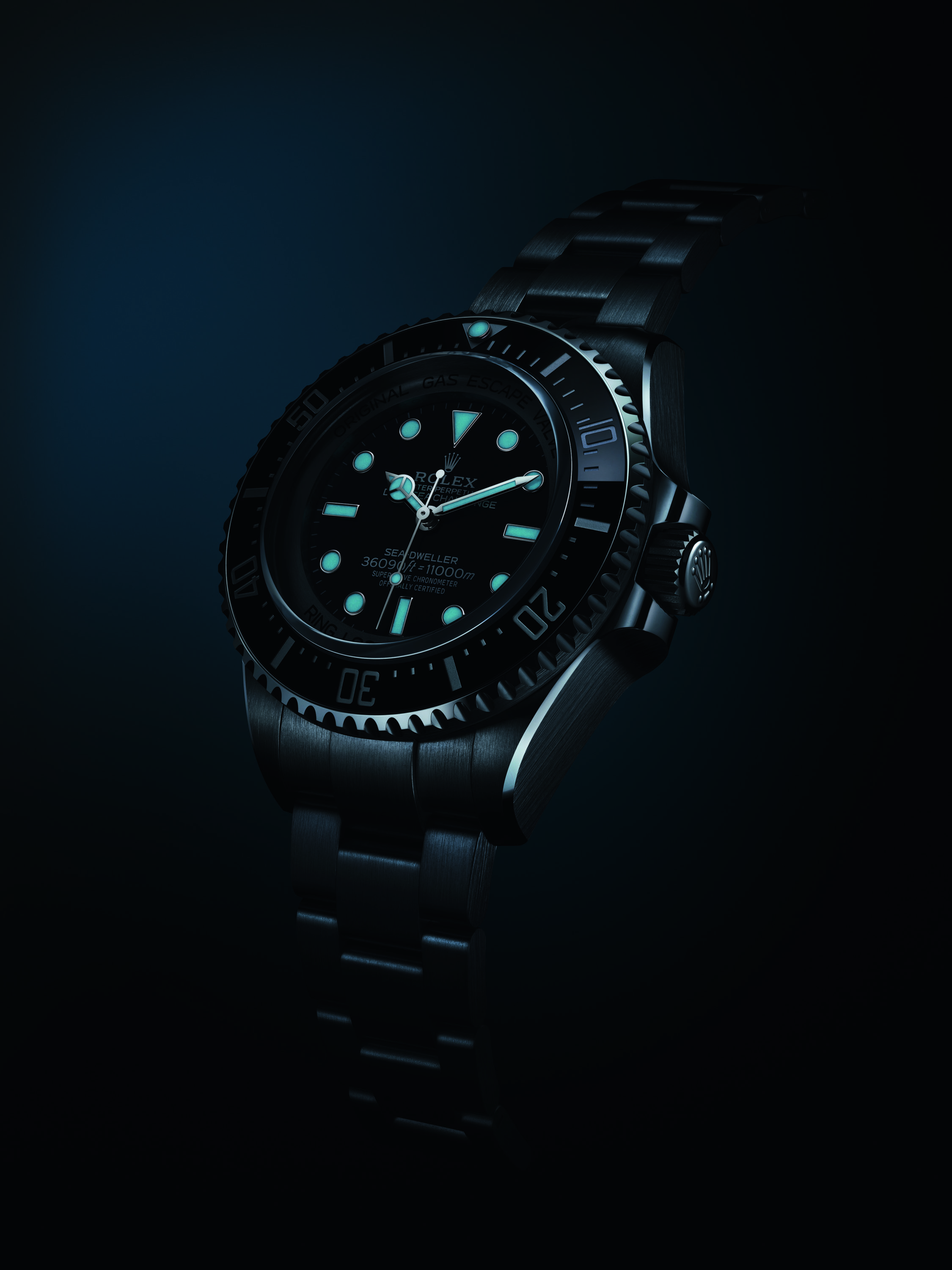
To test the waterproofness of each Deepsea Challenge, Rolex specially developed, in partnership with Comex (Compagnie Maritime d’Expertises), an ultra-high-pressure tank capable of reproducing a test pressure equivalent to that exerted by water at a depth of 13,750 metres (45,112 feet).
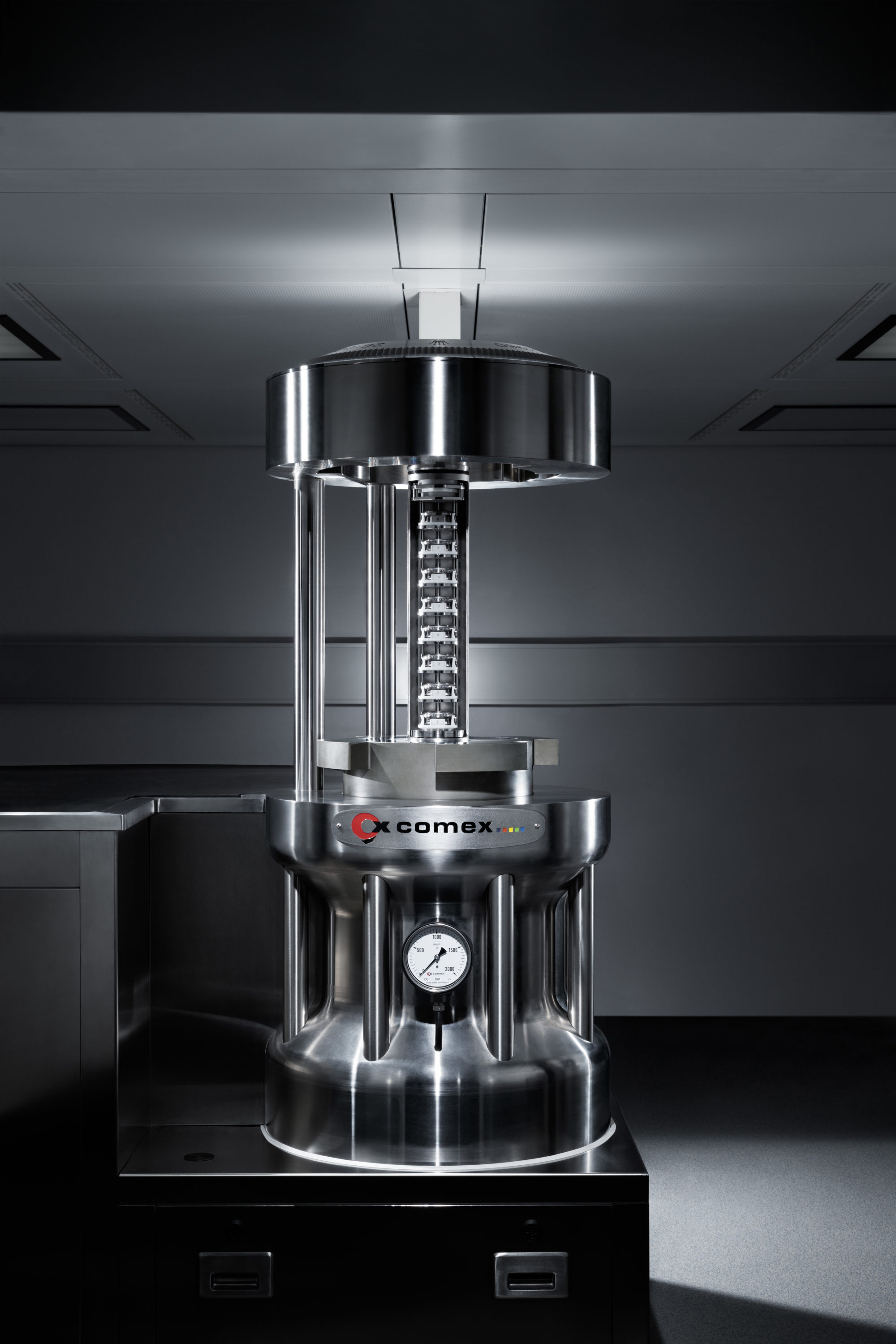
At the heart of the Oyster case is calibre 3230, a self-winding movement containing several patented components: the Chronergy escapement and the Parachrom hairspring, insensitive to magnetic fields, as well as Paraflex shock absorbers. Thanks to its barrel architecture and the escapement’s superior efficiency, this movement offers a power reserve of approximately 70 hours. Like all Rolex watches, the Deepsea Challenge carries the Superlative Chronometer certification and boasts chronometric precision of the order of –2 /+2 seconds per day.
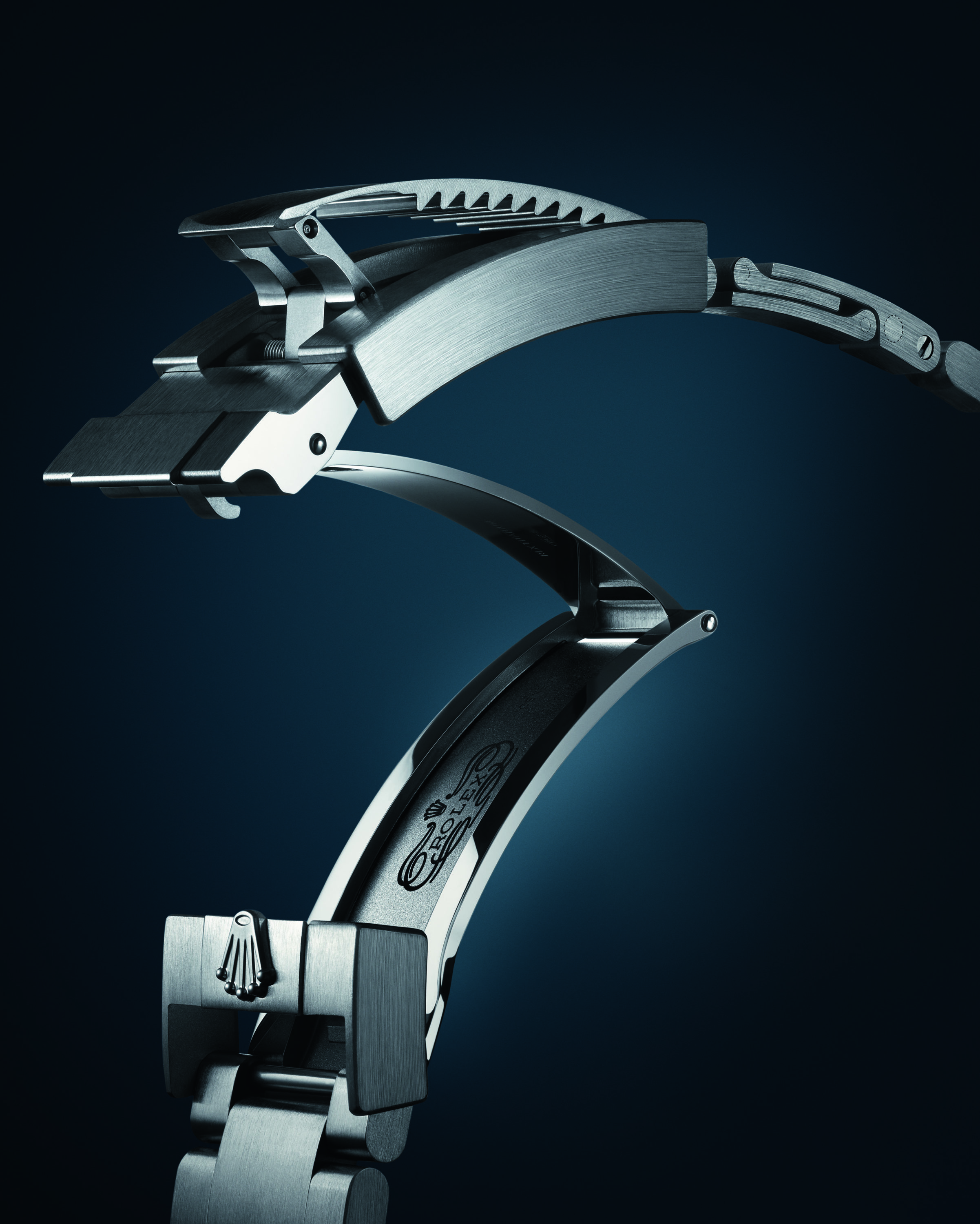
Last but not least, the bracelet extension systems – Rolex Glidelock and the Fliplock extension link – allow the watch to be worn over a diving suit up to 7mm thick. Pricing is marked at $26,000.
To learn more, visit Rolex, here.




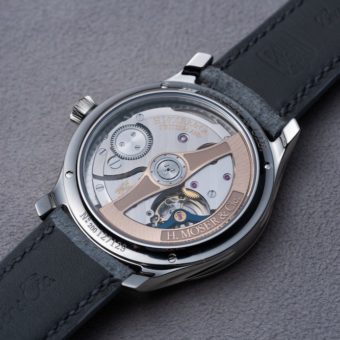
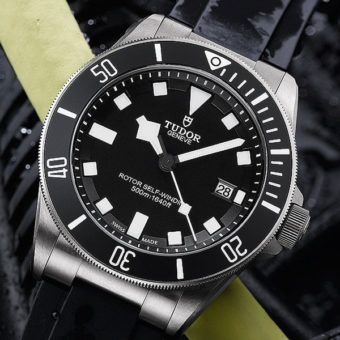

take it to the trench!!!!
a real life test not a lab, omega holds the record now with the ultradeep, both look good but omega is half the price.